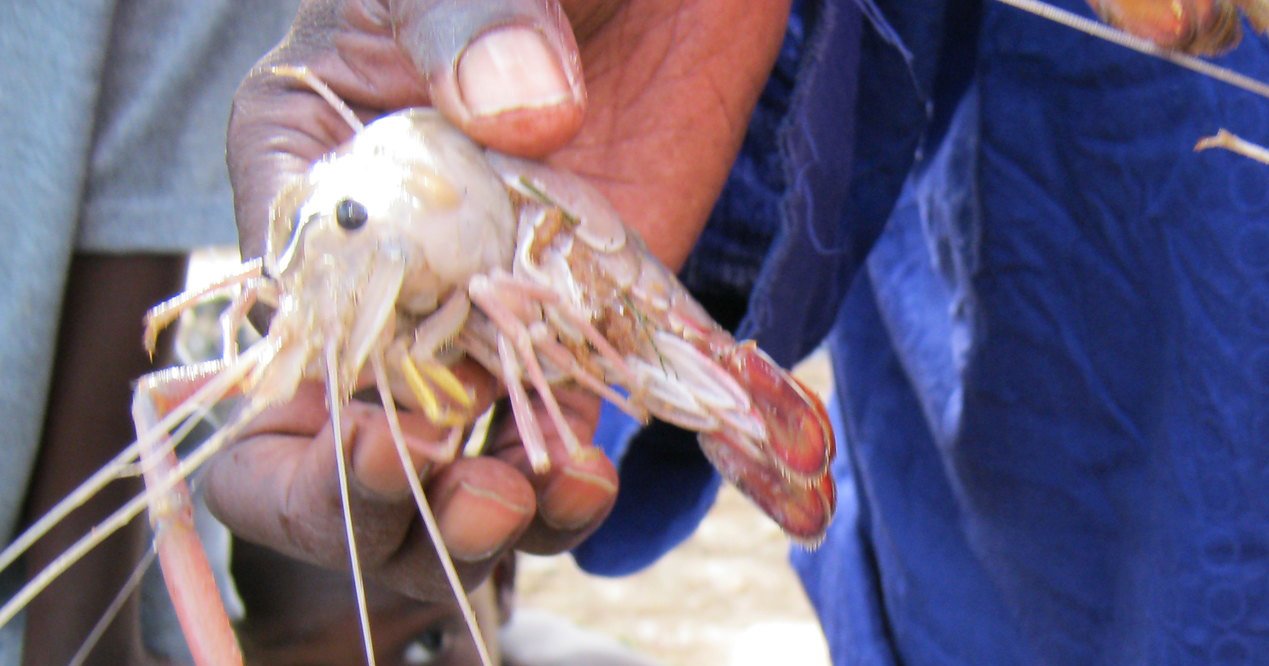
Farming the African river prawn could not only be used as a tactic against a neglected tropical disease (NTD), but it could also alleviate poverty, according to a recent study.
The study, published in the scientific journal Nature Sustainability, focuses on the idea that because the African river prawn is a predator of the freshwater snail, which carries the NTD schistosomiasis, the prawn could be used to eliminate them and, therefore, the threat of disease.
Schistosomiasis, which is also known as bilharzia or "snail fever," infects more than 200 million people worldwide, and it primarily affects communities in sub-Saharan Africa.
The parasitic disease is spread through infected trematode worms. The worms use the snails as their hosts, developing and multiplying inside them, eventually exiting into the water. They can then infect humans who come into contact with the water source — swimmers, bathers, or people who do chores in the water.
Some of the initial symptoms of schistosomiasis include a rash or itchy skin, but within a month or two, it can develop into fevers, chills, coughs, muscle aches, or bloody urine. If left untreated for years, the disease can damage the intestine, liver, bladder, or lungs. Female genital schistosomiasis (FGS) is a variation of schistosomiasis, with damaging effects ranging from genital itching and painful sex to infertility and even increased risk of HIV.
NTDs like schistosomiasis disproportionately affect communities living in poverty. There are 149 countries and territories worldwide that are affected by at least one NTD — 100% of low-income countries are affected by many.
The study’s researchers say that more plans to control the disease are needed if the World Health Organization is going to achieve its goal of eliminating this disease by 2025 — which is why they are pointing to the prawns.
The African river prawn would eat large quantities of the snails, which would eliminate the disease’s hosts. Farming the prawns would also offer a new type of income for farmers in sub-Saharan Africa, on top of working as a great source of nutrition.
The lead author also added that there is no harm in people eating the prawns that have ingested the snails, as people become infected by schistosomiasis through their skin.
The research team tested its theory in Senegal.
Researchers noted that a prawn population dipped in a river in Senegal where after a dam had been built on it, as the prawns could not migrate up and down the river as they normally would to complete their life cycle, which led to an increase in schistosomiasis cases.
When the researchers replenished the river with prawns, there was a drastic decrease in re-infection rates in the community.
De Leo said there is interest from restaurant owners and farmers to add prawns to their menus, and the authors believe that a small-scale farmer could yield up to about $5,500 over ten years.












COMMENTS